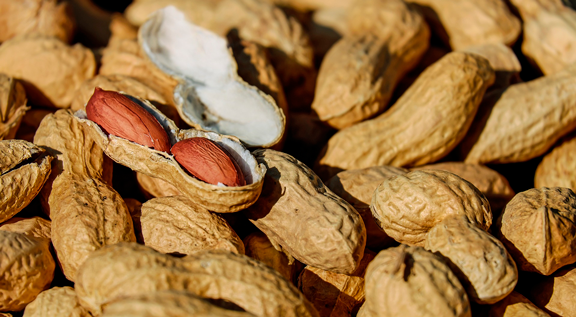
Image: Freepik
The estimate for total peanut production in the current harvest is 677 thousand tons, 13.4% higher than the previous harvest, mainly due to the increase in the planted area, according to the National Supply Company (Conab) forecast.
In Mato Grosso do Sul, cultivation is showing an increase of 150% in area, mainly due to the arrival of companies from São Paulo looking for partnerships with sugarcane mills in the renovation of sugarcane fields and with livestock farmers in the recovery of degraded pastures. There is also the arrival of a cooperative specializing in the production of this oilseed and which is encouraging producers in its region of operation.
{module Form RD}
It is also estimated an increase of 150% in production compared to the previous year, which is concentrated in municipalities close to the border with São Paulo, which have a mixed soil texture. Cassilândia, Paranaíba, Santa Rita do Pardo, Nova Andradina and Angélica stand out. Almost the entire area is sown, with some plots remaining in soil preparation, as 50% is in vegetative development and the remainder, 50%, has already started flowering. Sprays to control caterpillars and stink bugs, as well as the application of fungicides, are being carried out as necessary.
In Paraná, with a rainier climate, most of the crops were planted in October. Despite drier weather in November, planting continued and reached 88% of planted areas at the end of November. Regarding crop conditions, more than 95% of the planted areas are good. Crops are at varying stages of growth and development. Peanut cultivation is of little importance in the state, whose production is for subsistence or for local sales and candy factories.
In São Paulo, planting peanuts during the sugarcane off-season is a widely used option. This product allows soil recovery through nitrogen fixation and even reduces the production costs of sugar cane, which is the main crop. In the state of São Paulo there are agricultural areas suitable for peanut cultivation, mainly in the two regions known as Alta Paulista and Alta Mogiana, comprised of cities such as: Tupã, Marília, Dumont, Ribeirão Preto, Jaboticabal and Sertãozinho, where production is more significant in volume. This harvest saw a resumption of peanut planting in several regions of the state due to attractive prices. The crop is fully sown, and the predominant stages are germination and vegetative development.
This survey detected a considerable increase in the planted area, mainly in the Tupã region, where there is a product processing industry. Producers in this region begin to cultivate peanuts as their main activity. The predominant cultivar in the state is Runner, and the commercialization unit is a 25-kilo bag.
By: Eliza Maliszewski | agrolink












